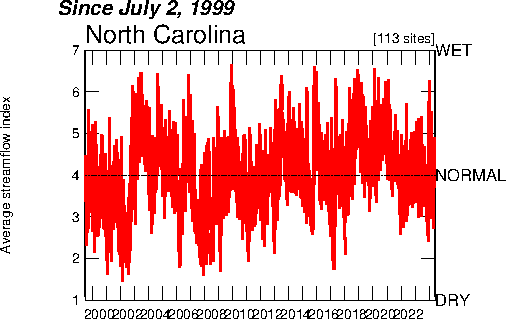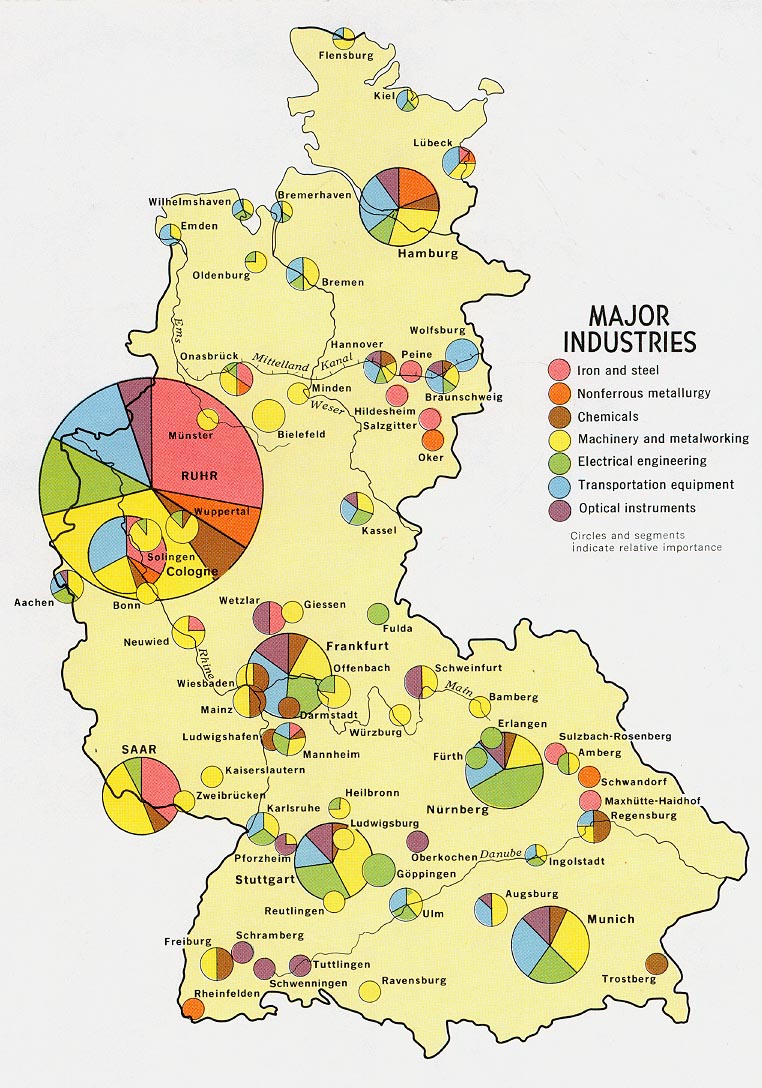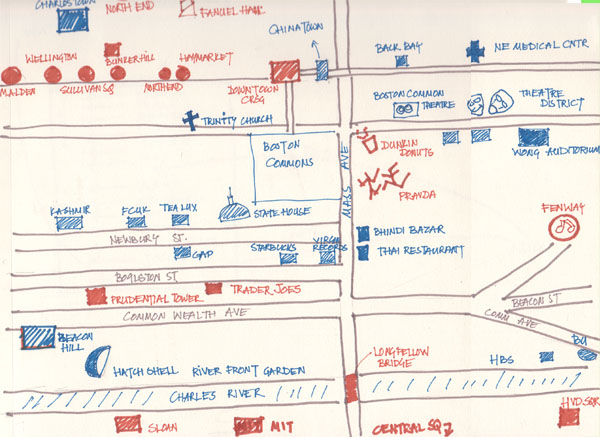
This is an index value plot of the streamflow in North Carolina. It shows whether the streamflow was above average (wet), average, or dry from 1999-2008.
 This is a bivariate choropleth map comparing population density and population change in Russia. It seems that the higher population density had the higher population change.
This is a bivariate choropleth map comparing population density and population change in Russia. It seems that the higher population density had the higher population change. This shows the population of American Indians by location (in the thousands). The bigger the circle, the bigger the population of American Indians in that location. California seems to have the highest amount of American Indians.
This shows the population of American Indians by location (in the thousands). The bigger the circle, the bigger the population of American Indians in that location. California seems to have the highest amount of American Indians.
 This is a mental map. It was drawn from memory, and from the creater's point of view. It could have been drawn quite differently if it were done by a different person. It is individually created by the person and from their memory/interpretation.
This is a mental map. It was drawn from memory, and from the creater's point of view. It could have been drawn quite differently if it were done by a different person. It is individually created by the person and from their memory/interpretation. This is a windrose of an area around the Savannah River. The wind seemed to come fro mthe northeast and the Southwest. The wind rarley ever came from the Northwest.
This is a windrose of an area around the Savannah River. The wind seemed to come fro mthe northeast and the Southwest. The wind rarley ever came from the Northwest.